How can we help?
How can we help?
From the moment you sit in the drivers’ seat of a Lexus Self-Charging Hybrid your vehicle is ready to take you wherever you want to go. The hybrid battery charges itself while you drive, slow down and brake. A Lexus Self-Charging Hybrid vehicle combines petrol and electric power for an environmentally friendly, fuel-efficient drive designed for your convenience and comfort.
Lexus Hybrid Technology displaying a wide range of advantages from instant acceleration to enhanced fuel efficiency. These innovative come together to top off the exceptional premium craftsmanship of Lexus.
High performance and fuel efficiency are just two of the advantages offered by a dual-source powertrain.

Giving you the very latest innovation breakthroughs. Lexus hybrids bring forth an impressive fuel efficiency rate across any driving condition you might face on the road. This trademark system fuel optimizes output from the electric motor and gasoline engine, distributing the desired amount of power to the wheels as well as to the electric generator.
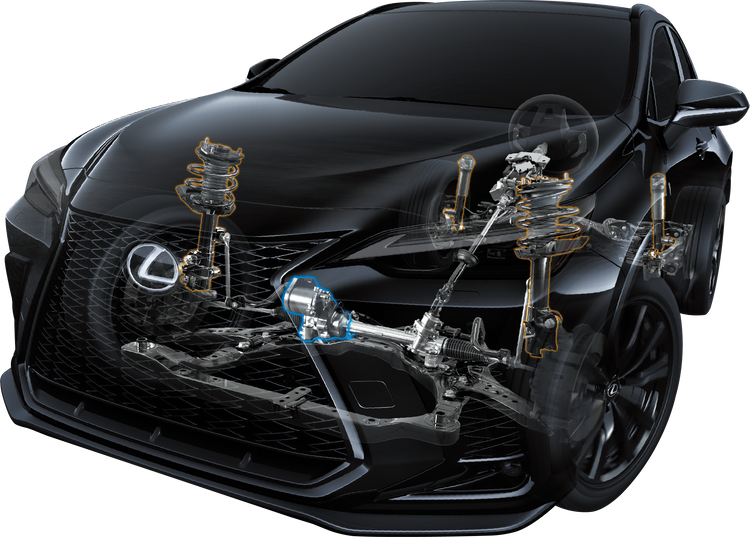

As soon your Lexus takes off, The high-output battery gives power to the electric drive. With more speed, the powerful gas engine is engaged. When you wish to accelerate more, power output from both sources is optimized to give you an even greater and smoother boost.
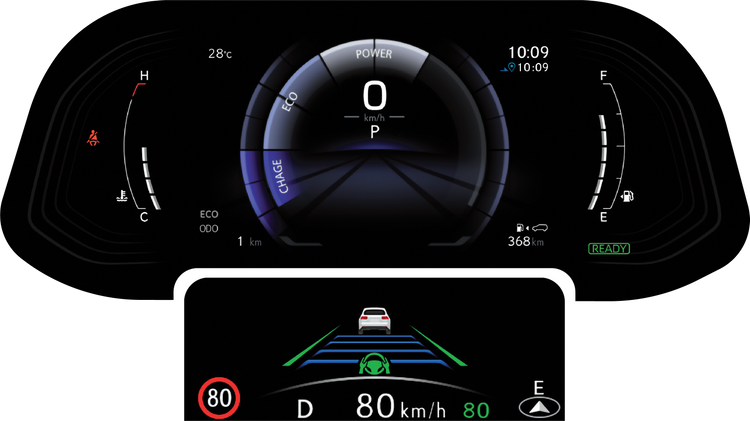

Whether you’re on a highway or in the city, no matter your driving habits or how crowded your car is, the ability for a Lexus Self-Charging Hybrid to operate in electric mode only or combined with the gas engine can significantly extend the distance between fill-ups, while dramatically reducing emissions versus a gas-only vehicle.
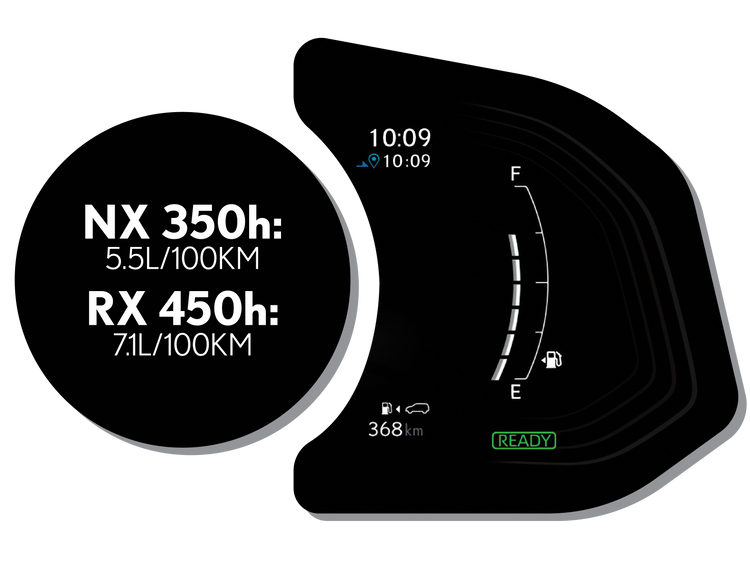

Every time you drive a Lexus Self-Charging Hybrid, you reduce your impact on the environment. Lexus Hybrid technology operates in electric mode only and optimizes fuel use at all speeds. Lexus Hybrids will always give you all the power you desire while reducing CO2 emissions and helping us all move towards a cleaner future.
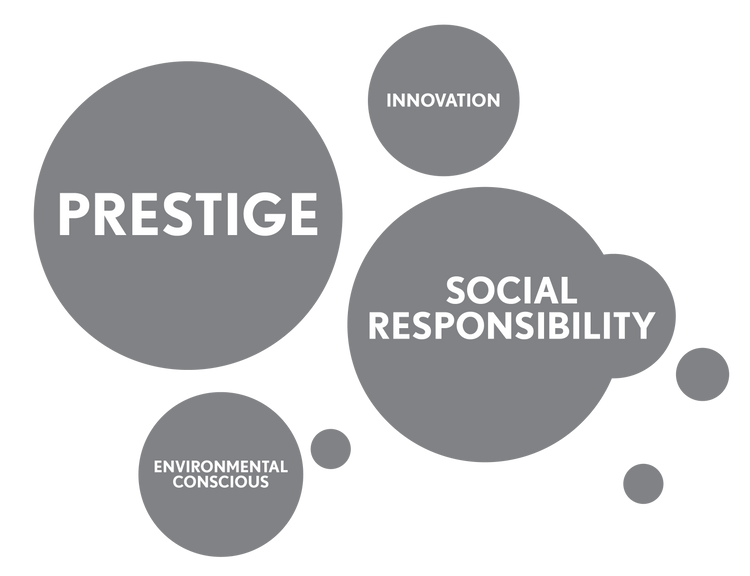

Lexus Hybrid also helps fight noise pollution. With the car running exclusively on the electric motor - or ‘EV’ mode, night driving doesn't have to wake the neighbors.
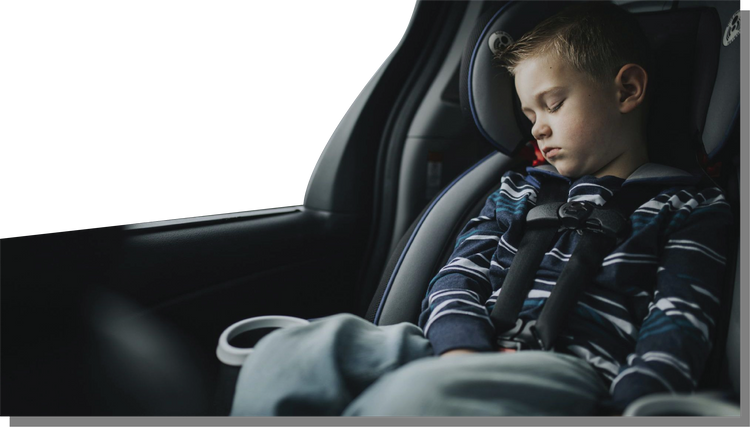
Lexus Self-Charging Hybrid Electrics are covered by the same comprehensive warranty as our gas powered luxury vehicles plus an 8 year/160,000 km Hybrid Component.
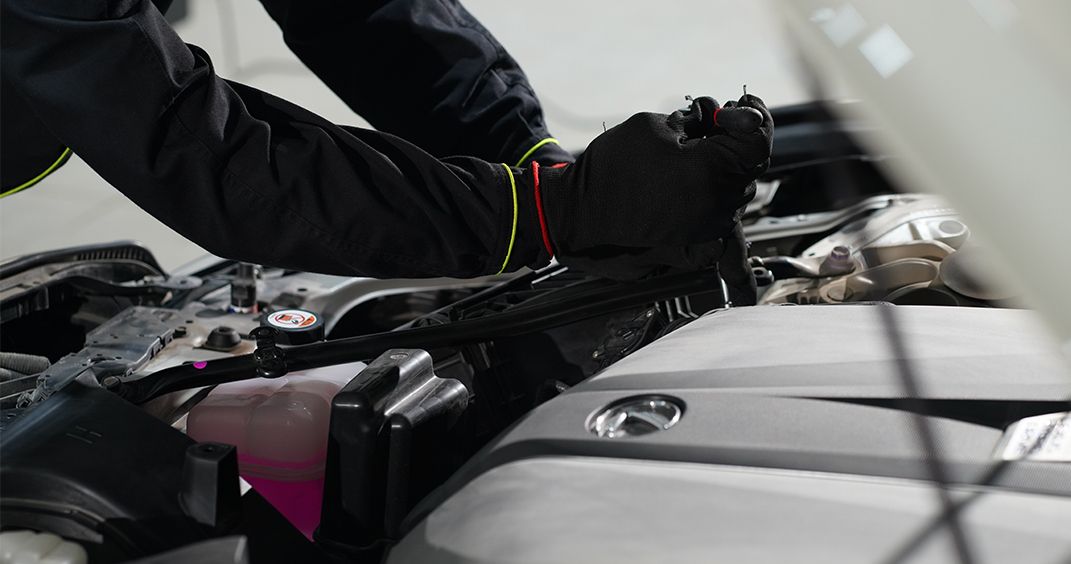
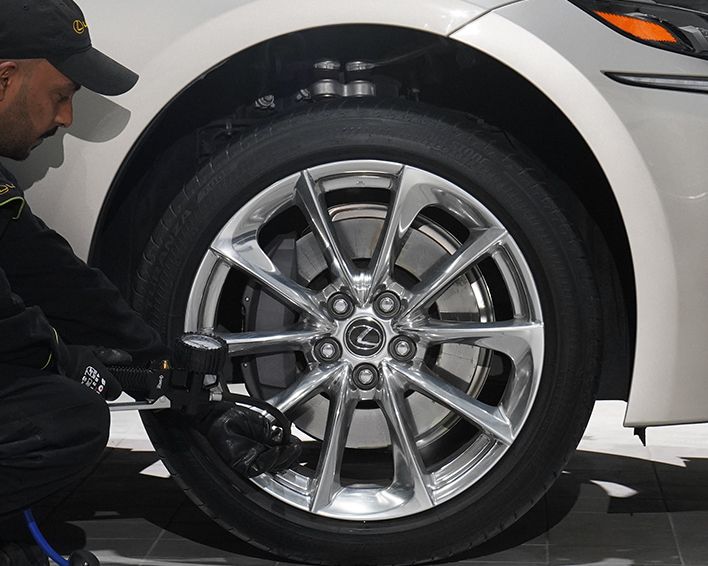
See the hybrid models
No. HVs cannot run without gasoline. There are two ways to charge the HV battery: (1) regenerative braking. (2) engine power. • The engine cannot operate if it runs out of gasoline, so the HV runs with the motor. In this case, the HV battery is charged only. regenerative braking, leading to a low (state of charge), which makes the HV unable to run. • Possible running distance is only a few kilometers. It depends on the state of charge and the driving conditions at the time.
Yes. The target state of charge is not full, but approximately 6 segments. • The state of charge control aims at approximately 6 segments indicated on the energy monitor display. • For example, when the HV is driving down a long slope, it can regenerate a large amount of energy; however, when the HV the battery has been fully charged, but there is no capacity for storing the electricity generated from regenerative braking, and the energy is wasted. Therefore, it is best for the HV battery to be at 6 segments out of 8 for both charging and discharging. • In addition, since the computer controls the State of charge to run. fuel-efficiently, it is not necessary to worry if the State of charge is low. Rather, when the State of charge is low, it means the HV is looking for good chances to charge efficiently while driving.
The auxiliary battery is a 12 V capacity battery. Usually, it is installed inside the vehicle such as in the trunk. • HVs have two batteries. One is the HV battery for the high voltage system and the other is the auxiliary battery with a 12 V capacity. • Not all power supply systems have high voltage in HVs. Similar to conventional vehicles, controls, and accessories (engine, brake, door locks, audio/navigation systems, and so on) use the 12 V power supply. • The auxiliary battery supplies electricity for ECUs, which control. the hybrid system. Therefore if the auxiliary battery voltage is insufficient, the system is not able to be “READY ON”.
Yes. The power output may be limited when the system’s temperature is extremely high or low. The power output may be limited in the following conditions. • The most probable cause of power output limitation is low HV battery temperature. • The most effective temperature for the HV battery is approximately 30 °C (86 °F). which the cooling fan optimally controls. The HV battery cannot provide its full potential when cold such as when parked overnight in winter; because of this, you might feel a lack of power output when accelerating to pass other vehicles.

WE STRIVE TO HAVE THE FINEST DEALER NETWORK IN THE INDUSTRY. AND MOST IMPORTANTLY, WE TREAT EACH CUSTOMER LIKE WE'D TREAT A GUEST IN OUR OWN HOME.